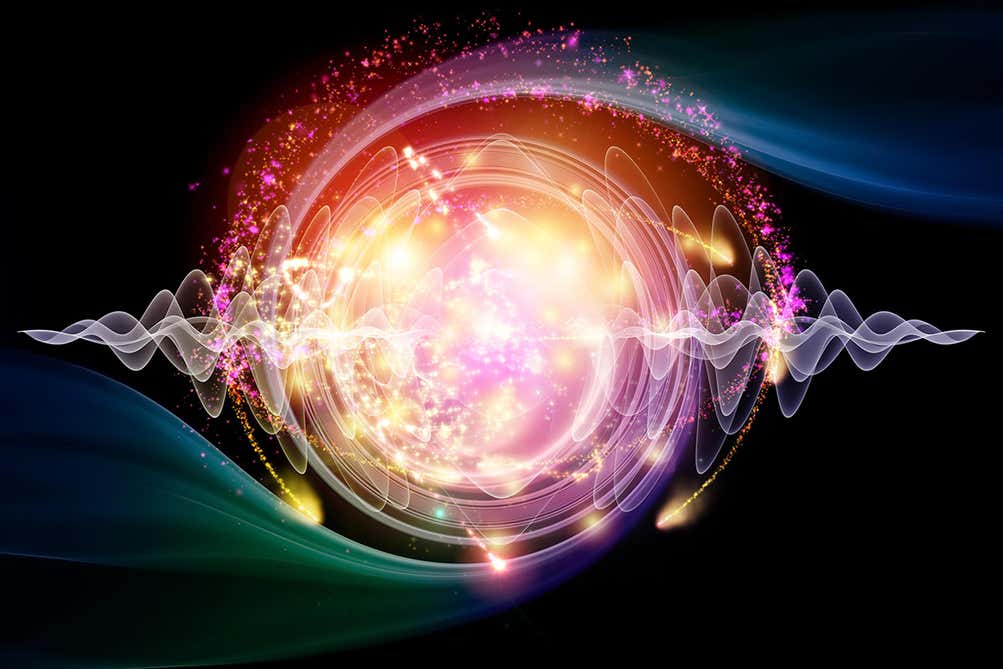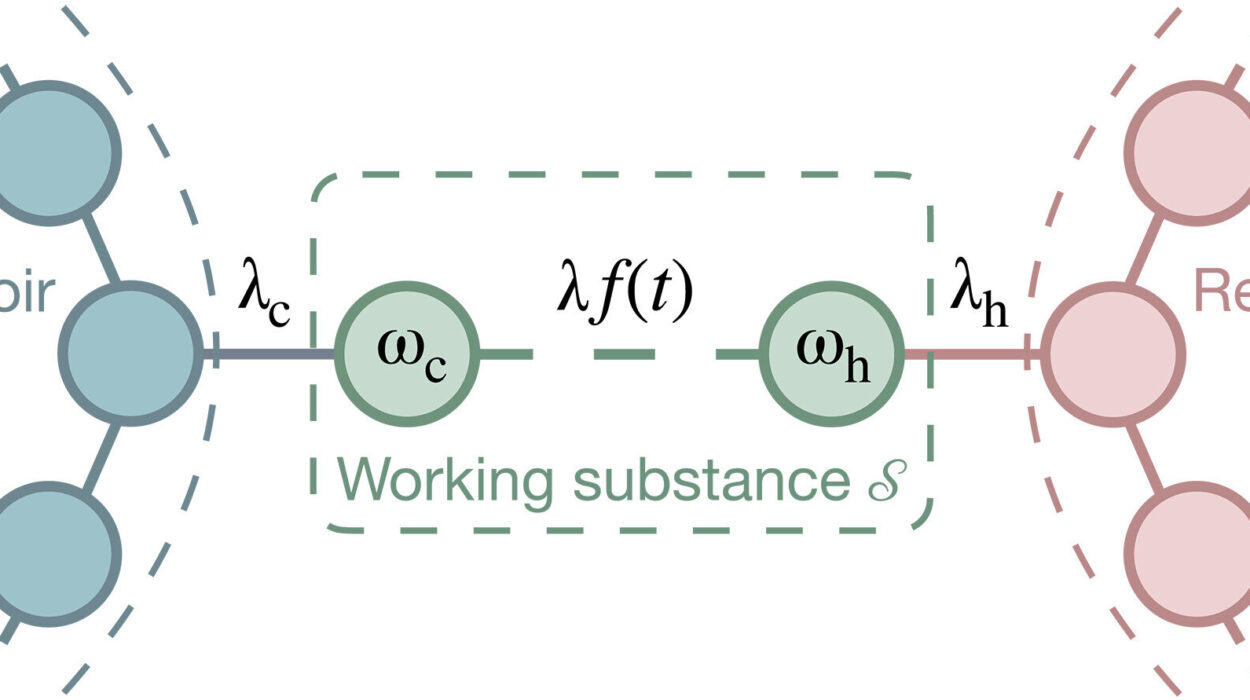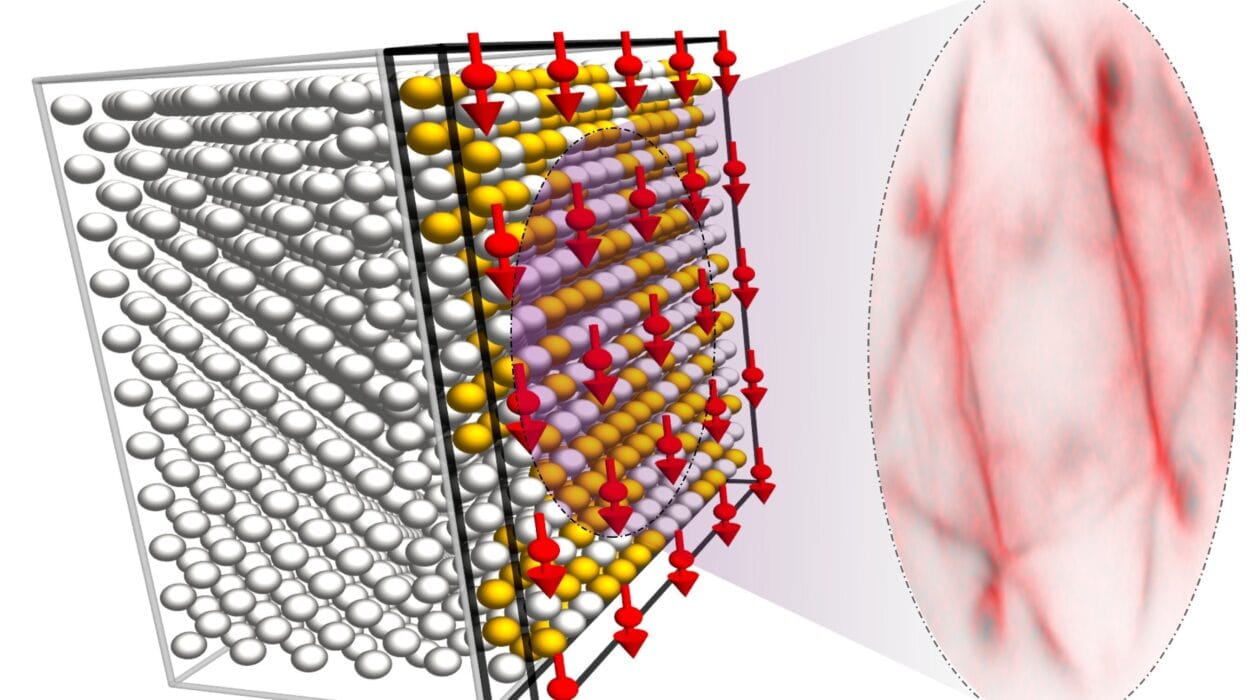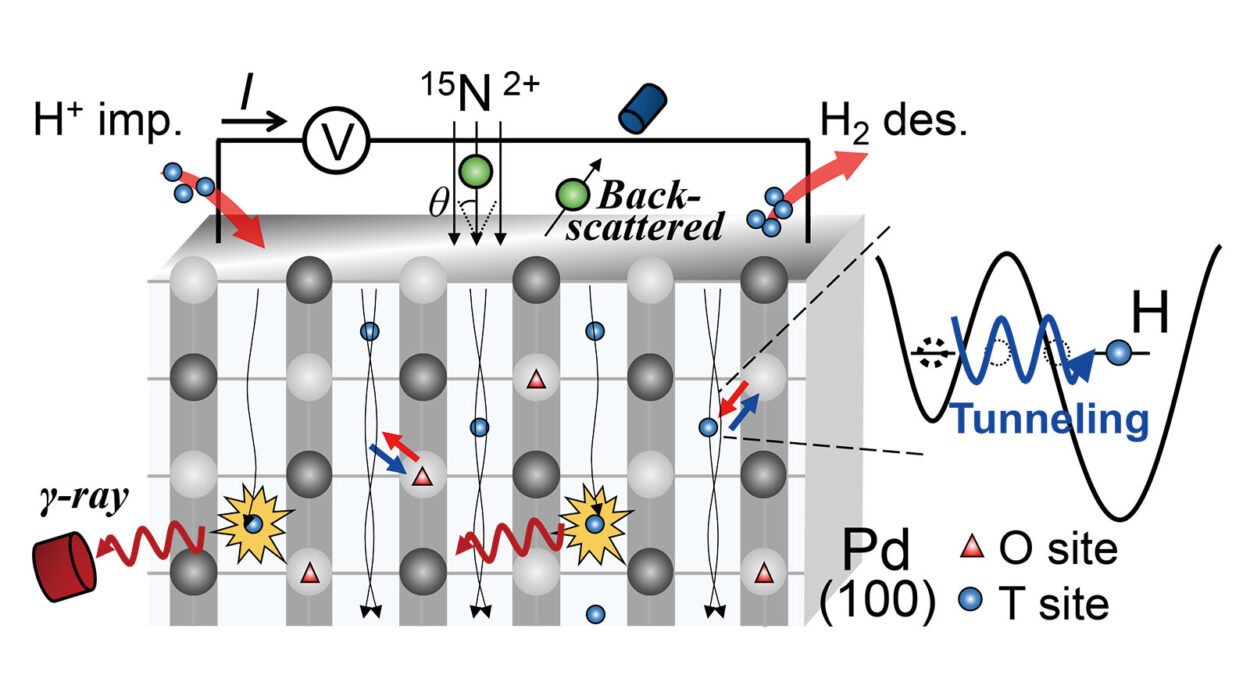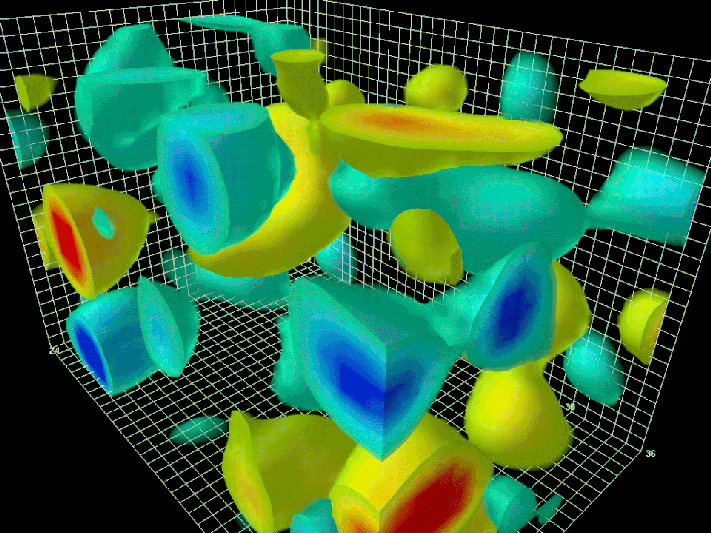For centuries, scientists believed the universe ran like a machine—predictable, calculable, and precise. Isaac Newton’s laws of motion and gravity had painted a picture of cosmic order. If you knew the position and velocity of every particle in the universe, you could predict the future with absolute certainty. Or so it seemed.
Then came quantum mechanics.
This strange and beautiful branch of physics, born in the early 20th century, shattered that deterministic dream. One of its most mind-bending revelations is the Uncertainty Principle—a concept so counterintuitive, it shook the very foundations of scientific thought. At its heart lies a simple but profound idea: nature doesn’t let us know everything at once. There’s a fundamental limit to what we can measure, not because our tools are inadequate, but because of how reality itself behaves.
So what exactly is the Uncertainty Principle? How did it come about? And what does it mean for our understanding of the universe? To answer these questions, we’ll journey deep into the strange terrain of quantum mechanics, where particles act like waves, observation changes reality, and certainty gives way to probability.
A Glimpse into the Quantum World
To understand the Uncertainty Principle, we need to first grasp what makes the quantum world so different from the one we experience every day.
In our everyday, classical world, things have well-defined properties. A car has a specific speed and location. A planet orbits at a calculable distance from its star. But in the quantum realm—the domain of atoms, electrons, and photons—particles don’t behave like little billiard balls. Instead, they exhibit a dual nature: sometimes they act like particles, other times like waves. And this duality changes everything.
A particle like an electron doesn’t just “sit” at a point in space. It exists in a superposition—a blend of all the possible places it could be, represented by a mathematical function called a wavefunction. When we measure the particle’s position, the wavefunction “collapses” to a single outcome, but until that measurement, the particle’s position is essentially spread out over space.
Heisenberg’s Breakthrough
In 1927, the German physicist Werner Heisenberg formulated what would become one of the core pillars of quantum mechanics: the Uncertainty Principle.
Heisenberg’s insight was that certain pairs of physical properties—most famously, position and momentum—are intrinsically linked in such a way that measuring one precisely makes the other inherently uncertain. The more accurately you know a particle’s position, the less precisely you can know its momentum (which is mass times velocity), and vice versa.
This relationship isn’t due to experimental limitations. It’s baked into the very fabric of quantum reality. Mathematically, it’s expressed as:
Δx · Δp ≥ ħ / 2
Here, Δx is the uncertainty in position, Δp is the uncertainty in momentum, and ħ (h-bar) is a tiny constant known as the reduced Planck’s constant. The equation tells us that the product of the uncertainties in position and momentum must be greater than or equal to a tiny but non-zero value. You can’t make both uncertainties arbitrarily small.
This principle applies not just to position and momentum but to other pairs of “conjugate variables” as well, such as energy and time, or angular position and angular momentum.
Visualizing the Uncertainty: Waves and Fourier Transforms
To grasp why uncertainty arises, imagine trying to describe a wave. A wave has a certain wavelength (related to momentum) and a spread in space (related to position). The more sharply localized a wave is in space (i.e., the more you know about its position), the less well-defined its wavelength becomes (i.e., the less you know about its momentum), and vice versa.
This trade-off is a fundamental property of wave-like behavior, and it can be understood using a mathematical tool called the Fourier transform. In essence, any localized wave can be described as a sum of many sine waves with different wavelengths. The more you restrict a wave’s position, the broader its range of wavelengths must be.
Thus, the Uncertainty Principle emerges naturally from the wave nature of quantum particles. It’s not a limitation of our instruments or a failure of technology. It’s a reflection of the deep structure of reality.
Not Just a Theory: Real-World Implications
You might wonder, “Does this uncertainty really matter?” The answer is yes—immensely. Although the effects of the Uncertainty Principle are negligible for large objects like baseballs or airplanes, they are critically important at the atomic and subatomic scale.
Consider the hydrogen atom. If electrons had well-defined positions and momenta like in classical physics, they would spiral into the nucleus due to electrostatic attraction, and atoms wouldn’t be stable. But because of the Uncertainty Principle, electrons can’t be localized too closely without increasing their momentum—and hence energy—substantially. This quantum “fuzziness” gives rise to stable atomic orbitals and the very structure of matter.
Uncertainty also plays a crucial role in modern technologies. The principles of quantum mechanics underpin semiconductors, lasers, magnetic resonance imaging (MRI), and the burgeoning field of quantum computing. Without the Uncertainty Principle, none of these technologies would work.
Philosophical Shockwaves
The Uncertainty Principle didn’t just change physics. It forced a profound rethinking of what science can say about reality.
In classical physics, the universe was deterministic. If you knew the state of a system at one time, you could predict its future perfectly. Quantum mechanics, and Heisenberg’s principle in particular, shattered that view.
The Copenhagen Interpretation—one of the oldest and most widely taught interpretations of quantum mechanics—embraced the idea that physical systems don’t have definite properties until they are measured. The Uncertainty Principle, in this view, isn’t just about limitations in knowledge; it’s a statement about what’s real. Reality itself is indeterminate until observed.
Einstein famously rejected this indeterminism. “God does not play dice with the universe,” he quipped. He believed that quantum mechanics was incomplete and that hidden variables might restore determinism. But despite decades of debate and numerous experiments, no hidden variable theory has successfully replaced quantum mechanics. Experiments, especially those involving Bell’s Theorem and entanglement, suggest that reality is indeed fundamentally probabilistic.
The Energy-Time Uncertainty Principle
Position and momentum are the most famous variables in Heisenberg’s principle, but they’re not the only ones. Another important pair is energy and time.
The energy-time uncertainty relation states:
ΔE · Δt ≥ ħ / 2
This implies that the more precisely we know a system’s energy, the less precisely we can know when that energy exists, and vice versa. It also leads to fascinating phenomena, such as virtual particles.
In quantum field theory, space is not empty. It teems with fluctuating fields. For very short periods, energy conservation can appear to be violated as particle-antiparticle pairs spontaneously pop into existence and then annihilate each other. These “virtual particles” are a direct consequence of the energy-time uncertainty principle, and they play a crucial role in many processes, including the Casimir effect and even Hawking radiation around black holes.
Quantum Tunneling: When Particles Break the Rules
One of the most astonishing implications of the Uncertainty Principle is quantum tunneling. In classical mechanics, if a particle doesn’t have enough energy to climb a barrier, it stops. But in quantum mechanics, there’s a probability the particle can “tunnel” through the barrier and appear on the other side.
This seemingly magical phenomenon is used in tunnel diodes, the operation of the Scanning Tunneling Microscope (STM), and even nuclear fusion in the sun. Without tunneling, the fusion of hydrogen into helium—powering stars—would be extremely unlikely, as the positively charged nuclei repel each other. The Uncertainty Principle allows for the brief violation of energy constraints necessary for fusion to occur.
Quantum Cryptography and the Limits of Knowledge
The Uncertainty Principle has also found applications in the burgeoning field of quantum cryptography. In protocols like BB84, the act of measuring quantum bits (qubits) unavoidably disturbs them, revealing any eavesdropping. This fundamental quantum property makes it possible to detect interception attempts and ensures theoretically unbreakable encryption.
Here, uncertainty becomes not a limitation but a feature—a powerful ally in the quest for secure communication in the digital age.
Misconceptions and Clarifications
Despite its fame, the Uncertainty Principle is often misunderstood. It’s not about our lack of knowledge or measurement errors caused by clumsy instruments. It’s not even about the observer “disturbing” the system, though measurement can certainly have that effect. Rather, it’s about the intrinsic limitations of how certain properties can coexist.
Another common misconception is that the principle only applies to subatomic particles. While its effects are most noticeable at small scales, the underlying logic remains valid universally. It’s just that the uncertainties become vanishingly small for macroscopic objects due to their large masses.
The Legacy of Uncertainty
Heisenberg’s Uncertainty Principle was more than a technical insight; it was a philosophical bombshell. It redefined what it means to know something in science. It introduced a probabilistic worldview that has been borne out by every experiment ever conducted.
Today, the Uncertainty Principle remains central not only to quantum mechanics but to the broader understanding of nature. It tells us that the universe isn’t clockwork; it’s more like a symphony—a dynamic, unfolding interplay of probabilities, tendencies, and possibilities.
This uncertainty is not a failure of science. It’s a triumph of understanding. It reminds us that knowledge has edges, and that within those edges lies a world of astonishing beauty and mystery.
Conclusion: Embracing the Quantum Fog
In a culture that often craves certainty—definitive answers, predictable outcomes, black-and-white thinking—the Uncertainty Principle offers a counterpoint. It teaches humility. It says that even in the heart of the atom, we cannot know everything.
But this limitation is not a weakness. It’s the gateway to deeper insight. Because of uncertainty, atoms hold together. Because of uncertainty, stars shine. Because of uncertainty, we can encrypt secrets, build quantum computers, and dream of multiverses.
The Uncertainty Principle is not the end of knowledge. It’s the beginning of wonder.
